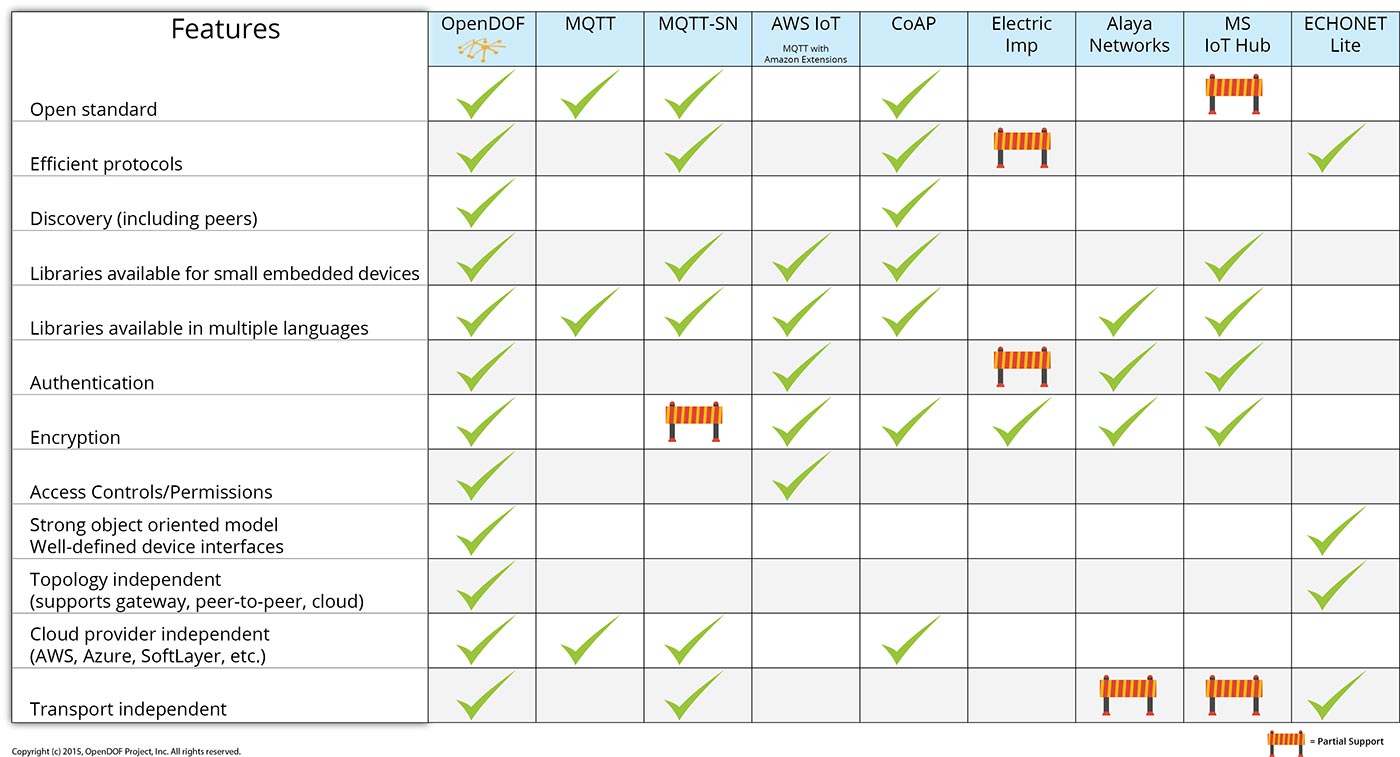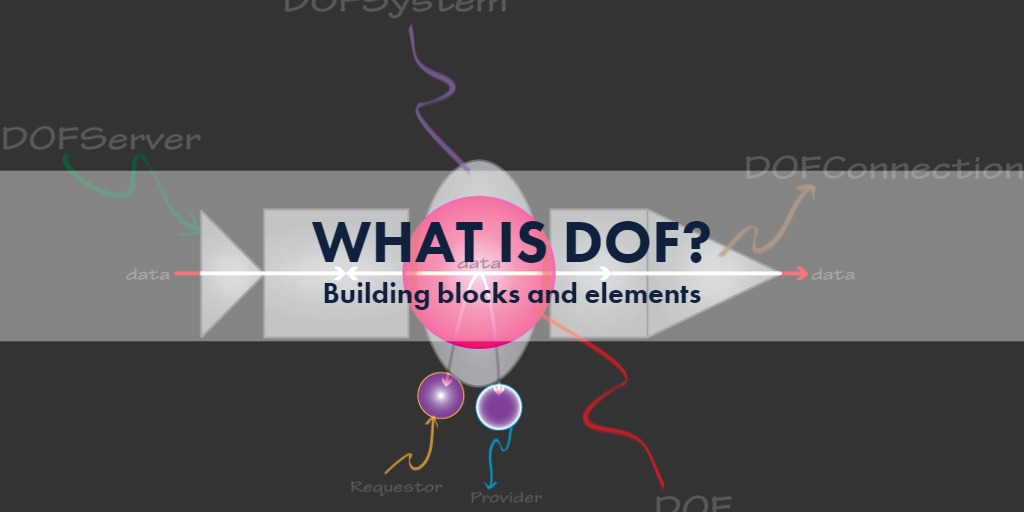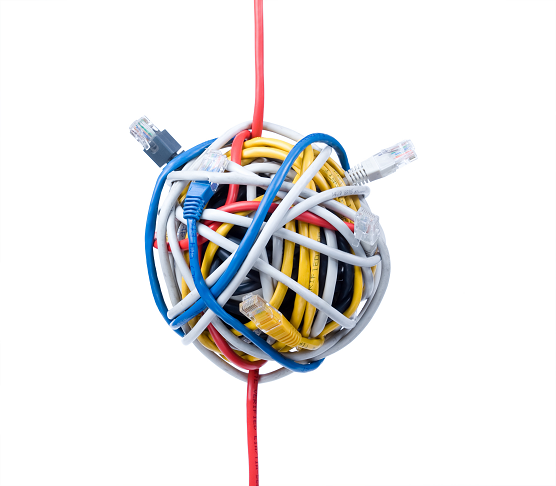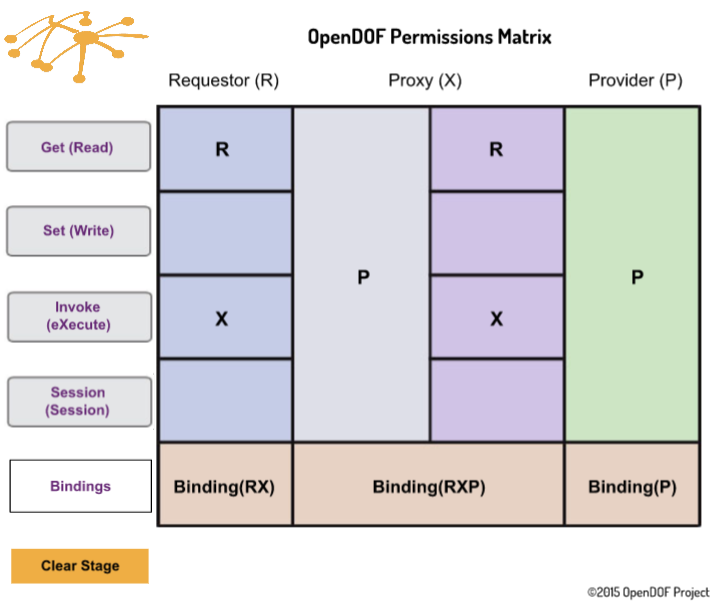
by User | Feb 16, 2016 | C, DOF, Downloads, Programming, Technical, Training
The OpenDOF Project is pleased to announce the release of an updated C SDK for OpenDOF 7. The SDK is an important component for training and development of C applications using DOF Technology.
This component is a package of OpenDOF libraries, tools and support components for the C programming language.
The SDK is available on our Download page.

by User | Jan 22, 2016 | Business, DOF, Information, OpenDOF Project, Technical
How Does OpenDOF Compare?
MQTT, AWS IoT, CoAP, Electric Imp, Ayla Networks, MS IoT Hub, and ECHONET Lite compared to OpenDOF

by User | Jan 20, 2016 | Basics, Business, DOF, Information, Non-technical, Technical, Training
We’ve found, over the years, that a brief look at the “destination” (what you will be able to accomplish) makes all of the difference. Whether you’re familiar with some of the concepts of DOF Technology or just starting, clicking on the image below will help! This presentation will give you an overview of the various components used in our Operations, Connectivity and Security training. It is high level, so you do not need to be a programmer to appreciate what is offered!

by User | Jan 13, 2016 | Programming, Technical
The OpenDOF build process is based on using Apache Ant (v1.9.1 or later) as a cross-platform build tool, and Apache Ivy (v2.3.0 or later) as a generic dependency resolution tool. Each module’s build defines the following targets:

by User | Dec 23, 2015 | C, Programming, Technical
Today we are pleased to announce a patch release of dof-inet-posix 2.0.1.
The POSIX Internet Transport is a C-language implementation of a POSIX, Berkeley socket-based transport for use with the C OAL.

by User | Dec 8, 2015 | DOF, Information, Programming, Technical, Training
The OpenDOF Permissions Matrix is a simple, interactive demonstration created to let you see how basic permissions work with DOF Technology.
The Matrix displays Operations and their corresponding binding: Get (Read), Set (Write), Invoke (eXecute) and Session (Session). By clicking on one of the four Operations buttons, you will see the binding displayed across a Requestor (R), Proxy (X) and Provider (P).
Along the bottom row, bindings are displayed for each object, in proper order (left to right).





